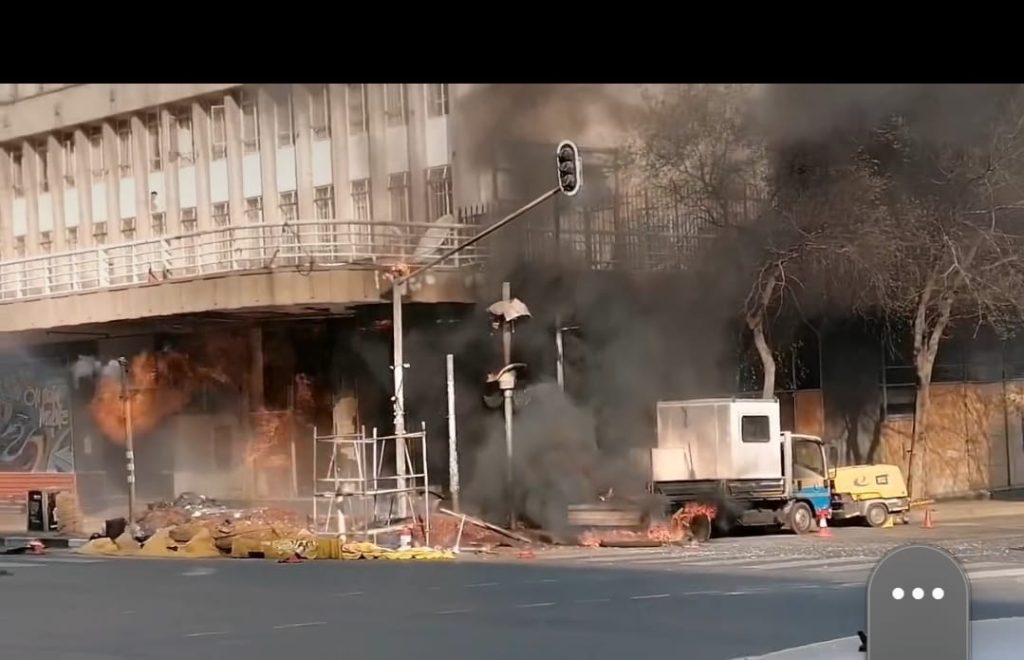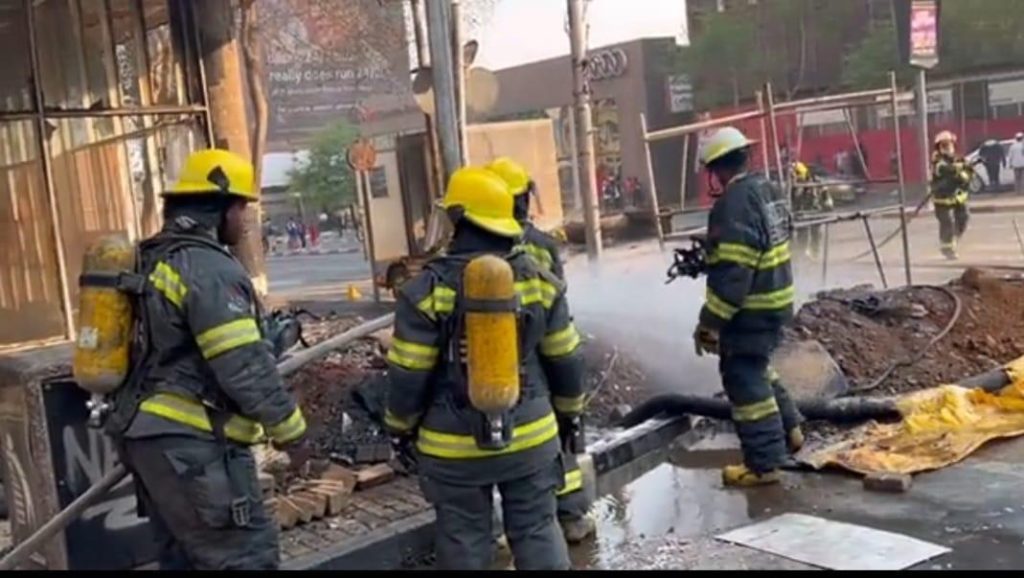
Recent LP gas incidents in Johannesburg, have drawn attention to the critical need for safety protocols and preparedness when dealing with gas-related incidents or maintenance work. In this article, we will delve into the specifics of the latest incident, assess the response strategies, and explore the imperative of refined safety measures in conjunction with comprehensive emergency response protocols.
Emergency services, including the Johannesburg Emergency Management Services (EMS), swiftly responded to these incidents. However, there have been discrepancies in the reports regarding the number of injuries. EMS spokesperson Nana Radebe confirmed five injuries, but TV News reports by the City Manager indicated that there were no casualties. Such inconsistencies in reporting underscore the need for clear and accurate communication during emergency responses.
Incident Overview
Johannesburg has witnessed multiple gas-related incidents – the latest during maintenance work on underground pipelines, and this warrants a closer examination. The most recent incident involved Egoli Gas employees conducting routine maintenance on a pipeline situated at the intersection of Bertha and De Korte streets. Unfortunately, this incident resulted in a gas explosion, leading to injuries sustained by five individuals and substantial property damage, including a company truck and a nearby building. While we are fortunate that no fatalities were reported, these incidents serve as stark reminders of the inherent risks associated with LP gas work.
Emergency Response

One particularly disconcerting aspect of these incidents is the portrayal of emergency responses on social media. Concerns have been raised due to photographs showing only water being used to combat the gas fires (if this was the case). It is vital to clarify that water is not an appropriate extinguishing agent for LP gas fires. Its use can exacerbate the situation by spreading the fire or causing a steam explosion due to the intense heat of the flames. These incidents emphasize the utmost importance of equipping first responders with proper training and the urgency of public awareness regarding appropriate response measures.
Safety Measures and Accountability
Following these incidents, there has been a concerted effort to implement enhanced safety measures. The City of Johannesburg, in collaboration with Egoli Gas, has pledged to introduce additional safety measures to mitigate the risk of recurrence. This includes the exposure and sleeving of sections of pipelines to ensure the integrity of the network. Moreover, the city manager has indicated that, moving forward, Emergency Management Services will be deployed, gas supply will be cut off, and areas will be evacuated during maintenance work.
While these measures represent a significant step in the right direction, they raise a pertinent question: Why is this being instituted only now? Workers engaged in LP gas-related tasks should inherently possess the requisite training, qualifications, skills, and experience to execute their duties safely. The discontinuation of gas supply, the proficiency of workers, and the evacuation of affected areas should have been established as standard protocols for LP gas maintenance work long ago. The safety of the public, workers, and emergency responders should perpetually remain the foremost concern.
Emergency Response Protocols

In light of these incidents, it is pivotal to reiterate and emphasize the importance of well-defined emergency response protocols when dealing with LP gas fires, especially in situations involving maintenance work on underground pipes. The following protocols should be diligently adhered to by emergency services:
- Scene Assessment and Size-Up: Upon arrival, conduct a comprehensive assessment of the situation to determine the extent of the gas leak and fire. Identify potential hazards, evaluate the size and location of the leak, and ensure the safety of all personnel and bystanders.
- Establish a Safe Perimeter: Define a secure perimeter, keeping people at a significant distance from the incident site, and ensuring their safety.
- Emergency Services Notification: Promptly contact the appropriate emergency services, such as the fire department, and provide precise information regarding the location, type of gas involved (LP gas), and any known hazards.
- Isolate and Control the Source: If feasible and safe, work to isolate and control the source of the LP gas leak, such as shutting off valves or using specialized gas line control equipment.
- Utilize Appropriate Fire Suppression Agents: Extinguish the fire using suitable fire suppression agents, such as dry chemical powder or firefighting foam designed for Class B fires, including LP gas fires.
- Protective Equipment and Evacuation: Ensure all personnel involved in firefighting operations wear appropriate personal protective equipment (PPE), including flame-resistant clothing and self-contained breathing apparatus (SCBA). Evacuate injured or trapped individuals and provide medical attention as necessary.
- Ventilation and Monitoring: Implement ventilation procedures to disperse gas vapors and continuously monitor the atmosphere for gas concentrations and flammable conditions.
- Utilities Shut-off: Coordinate with utility companies to shut off gas and other utilities if required to prevent further hazards.
- Unified Command: Establish a unified command structure that includes all relevant agencies and organizations involved in the incident response to ensure effective coordination.
Conclusion
The recent LP gas incident in Braamfontein should serve as a stark reminder of the imperative need for refined safety protocols and emergency response measures when dealing with LP gas-related maintenance work. While efforts are underway to enhance safety standards, it is crucial that these measures are proactive rather than reactive. The maintenance of LP gas infrastructure should always adhere to rigorous safety standards and protocols from the outset. The safety of the public, workers, and emergency responders must remain paramount. Effective communication, comprehensive training, and strict adherence to protocols are indispensable in safeguarding lives and property in LP gas incidents.
